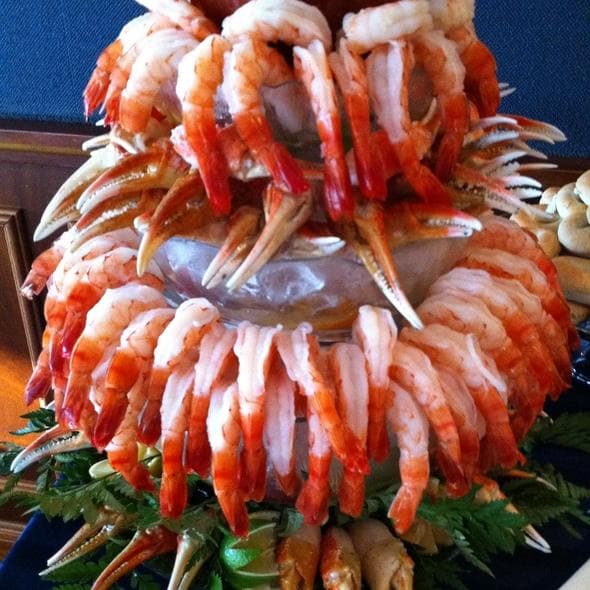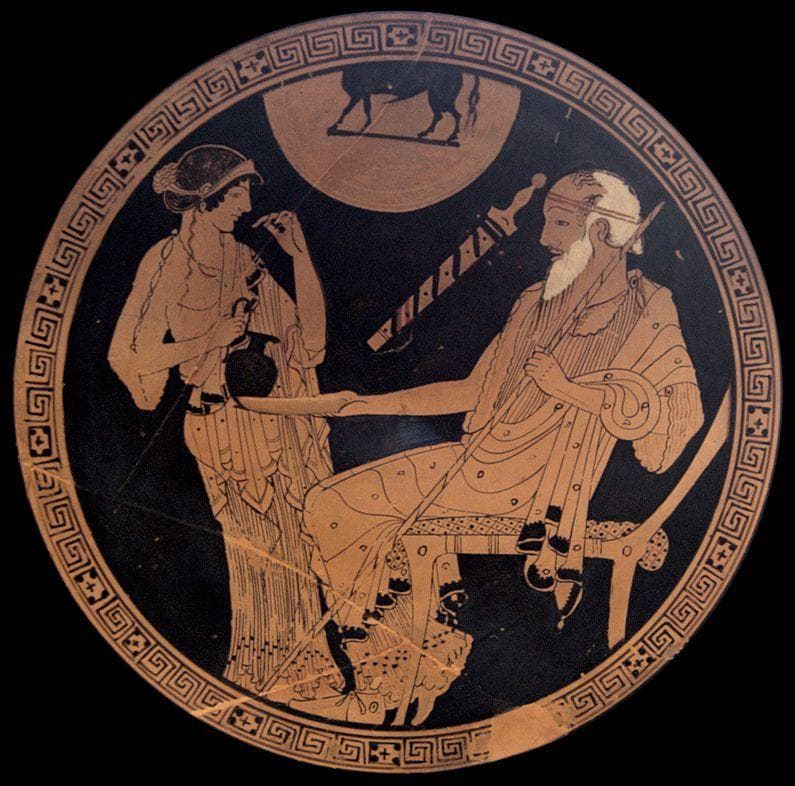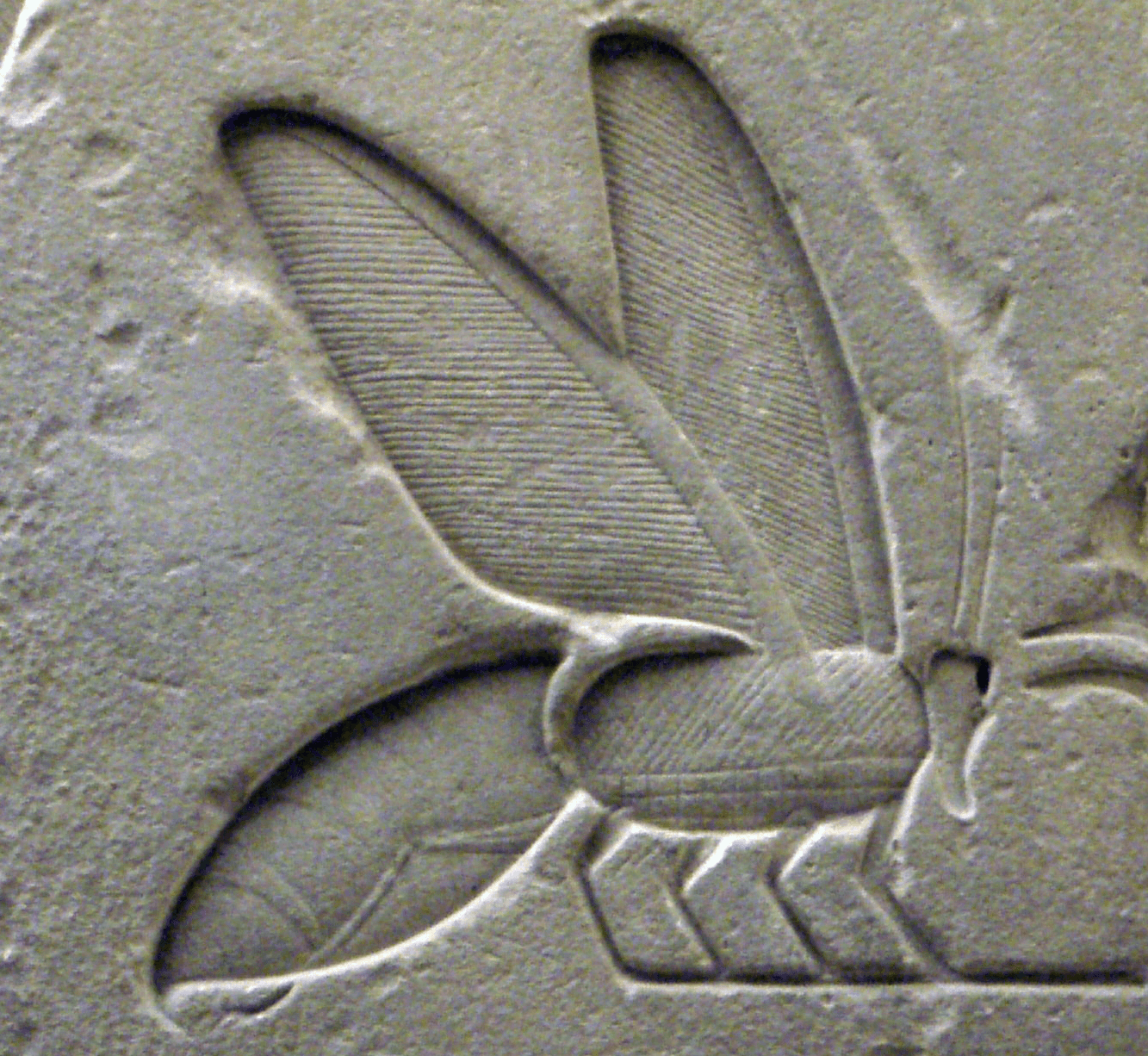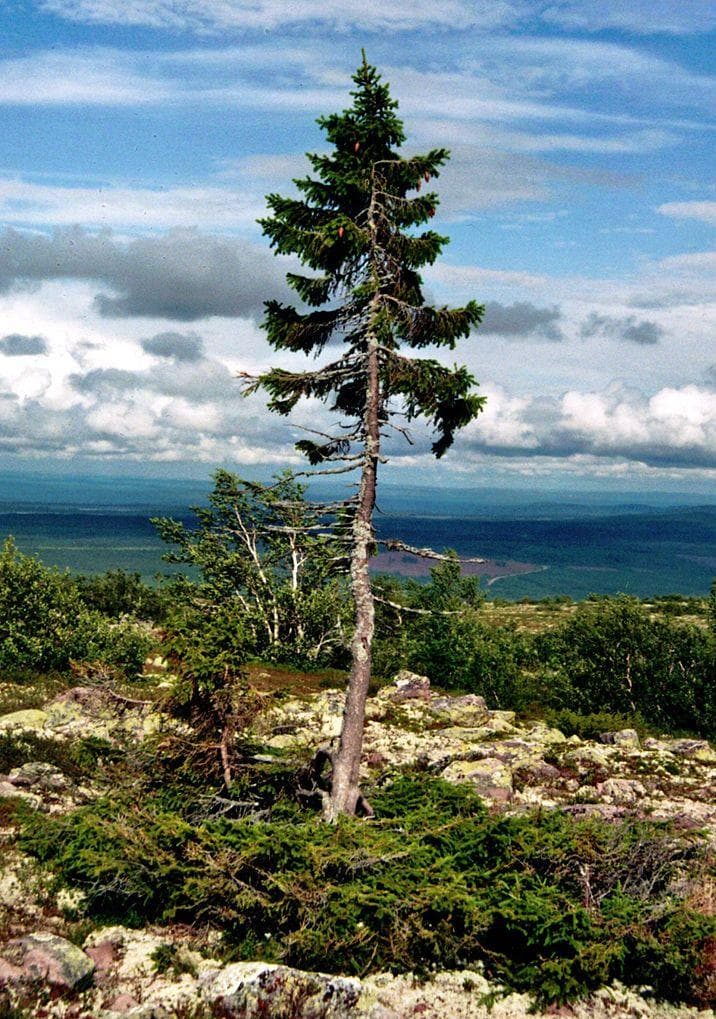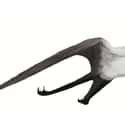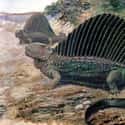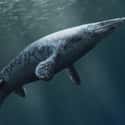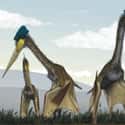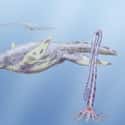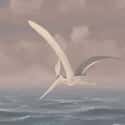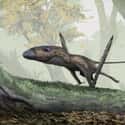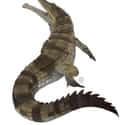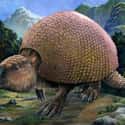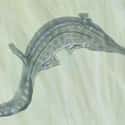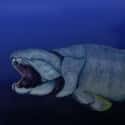-
(#1) Pterodactylus
- Pterodactylus antiquus
Even though pterodactyls filled the skies above the dinosaurs, they were not part of the same family. Pterodactyls are actually pterosaurs, an extinct group of reptiles that evolved to take flight.
They had very different body structures than modern birds - birds being actual descendants of dinosaurs and therefore more dinosaur than a pterodactyl could ever hope to be. Unlike birds, pterosaurs had weak hind-legs that played a minimal role during take-off. Instead of building up speed by running, pterosaurs used their powerful wings to launch themselves into the sky.
-
(#2) Dimetrodon
Contrary to popular belief, the sail-backed dimetrodon is not a dinosaur. It's actually a synapsid, a group of animals that is much older than the dinosaurs and a precursor to modern mammals. If you look far back enough in your family tree, eventually your relatives will start looking a lot like dimetrodon.
Dimetrodon thrived during the Permian era, 35 million years before the first dinosaurs had even evolved. There were many different species, but the largest and most famous was a 10-foot long monster. They had serrated teeth perfect for carving flesh, making them one of the Permian's most successful predators.
-
(#3) Mosasaurus
Although these aquatic reptiles are featured in the movie Jurassic World, they didn't live during the Jurassic period and aren't true dinosaurs. Mosasaurs are thought to have evolved in the early Cretaceous period, the last epoch before the extinction event that wiped out most large life forms.
These giant sea-lizards were ferocious predators known for their powerful bite, but they were also highly evolved and sophisticated organisms. Mosasaurs are believed to have been warm-blooded, much like their dinosaur cousins, and there is evidence that they gave birth to live young.
-
(#4) Quetzalcoatlus
Quetzalcoatlus was an absolute behemoth. It dominated the skies and is the largest animal ever to take flight. This impressive pterosaur was named after the feathered serpent god Quetzalcoatl, a Mayan deity believed to rule over the earth and sea.
This giant reptile lived right at the tail end of the Cretaceous era, about 68 million years ago. They had a massive 36-foot wingspan, and estimates put their weight at nearly 600 pounds. To put that in perspective, the heaviest bird alive today (the Andean condor) only weighs about 33 pounds. They were too big to flap their wings much, choosing instead to soar high and let nature and physics do the heavy lifting. Like modern birds, pterosaurs were believed to have hollow bones which helped keep them light.
-
(#5) Plesiosaurus
- Plesiosaurus dolichodeirus
The inspiration for the Loch Ness monster, the long-necked plesiosaurs were a group of marine reptiles whose unique appearance made quite an impact on the collective unconscious. Plesiosaurs were a diverse group of animals, some of which had much shorter necks than the most commonly depicted species. The plesiosaurus was one of the first fossils ever to be discovered, so this animal has a long history in the paleontological world.
It is believed that they developed their long necks in order to easily scavenge food from the sea floor. Despite many inaccurate representations, plesiosaur necks were actually pretty inflexible. Researchers have also determined that these odd animals most likely swam in a way that would look pretty similar to modern penguins.
-
(#6) Pteranodon
Another member of the pterosaur family, the pteranodon was the much larger cousin of the pterodactyl. They had a massive wingspan that could stretch to twenty feet. Pteranodon was sexually dimorphic, meaning that both sexes had their own distinct appearance. The males were much larger than the females and sported a large, bony crest at the back of their skulls. It is believed that they lived by the coast, possibly dipping close to the water to scoop fish into their massive bills like pelicans.
-
(#7) Dimorphodon
Dimorphodon is one of the most bizarre looking pterosaurs to have ever lived. It looks like a cross between a bat and a pterodactyl, with the head of a tyrannosaurus. Terrorizing the skies almost 200 million years ago, it is believed that dimorphodon was one of the first large vertebrates to take to the sky. They were relatively small, growing to be a little over three feet in length. Hidden inside their unusually large skulls was a very small brain.
Extensive research has been done to try and understand how they were capable of flight even studying the tree-dwelling gliders they may have descended from. It is believed they flapped their heavy wings to aid in flight, much like modern birds.
-
(#8) Ichthyosaur
- Ichthyosauria
Ichthyosaurs were the reptilian answer to dolphins. They were marine lizards that had evolved to be at home in the sea, mirroring the body shapes of other aquatic animals like fish and dolphins in a remarkable display of convergent evolution.
Ichthyosaurs were most likely slow swimmers, but could reach high speeds using quick bursts of energy. They may have hunted by slowly stalking their prey until the moment was right for them to pounce at full speed. For a while they were the oceans top predators, only to be bested upon the arrival of the plesiosaurs.
-
(#9) Sarcosuchus
- Sarcosuchus
Everything about sarcosuchus screams "I am a dinosaur" but it just isn't. Though, it is true that modern crocodiles are related to dinosaurs, as both groups are under the umbrellas family of archosaurs. Archosaurs include crocodilians, modern birds, dinosaurs, and pterosaurs.
Sarcosuchus is a crocodilian archosaur and the largest known freshwater crocodile to ever exist. It prowled the lakes and rivers of sub-Saharan Africa, eating anything stupid enough to get too close. These monstrous reptiles lived 110 million years ago and grew to nearly 40-feet in length. It is believed that a full grown sarcosuchus weighed as much as ten tons.
-
(#10) Glyptodontidae
- Glyptodontidae
Glyptodon is an extinct type of mammal that lived relatively recently, only dying out about 12,000 years ago. These giant relatives of the armadillo were completely covered in armor, with some even sporting morning-star style clubs at the tips of their tail. Even though they are mammals, they are often confused with armored dinosaurs like ankylosaurus.
Humans were known to hunt glytpodon for their meat and armor, which some experts believe was used to create small homes. They could be found all across the Americas until their extinction, which is believed to have occurred due to a combination of human hunting and climate change.
-
(#11) Prionosuchus
This crocodile-like creature is neither dinosaur nor any type of reptile, but is actually an amphibian. They are the largest amphibians ever discovered, with some specimens growing to 30-feet in length. Prionosuchus lived before the dinosaurs during the Permian period and likely behaved like modern crocodiles. They were ambush predators, waiting for the right moment to snatch up their prey.
-
(#12) Dunkleosteus
This leviathan is about as prehistoric as you can get. Dunkleosteus is an extinct species of armored fish that could grow to 33-feet in length and had the strongest bite force of any animal ever. Researchers crunched the numbers and determined that, at the tip of the tooth, dunkleosteus had a bite force of about 8,000 per square inch. They lived over 400 million years ago and it's likely that dunkleosteus was the most dominant predator to have evolved at the time.
New Random Displays Display All By Ranking
About This Tool
The earth has existed for about 4.5 billion years. With the current technology, it is still impossible to explore the history of the prehistoric animals that once existed on this planet. When it comes to ancient flora and fauna, most people know only the dinosaurs that already extinct a long time ago. There are many ancient animals people should know, who have shared the world with humans and other species.
With the exploration of the earth, humans have discovered some prehistoric creatures that still exist today, some have experienced multiple periods of evolution to adapt to the changing survival environment. The random tool introduced 12 famous prehistoric animals.
Our data comes from Ranker, If you want to participate in the ranking of items displayed on this page, please click here.

